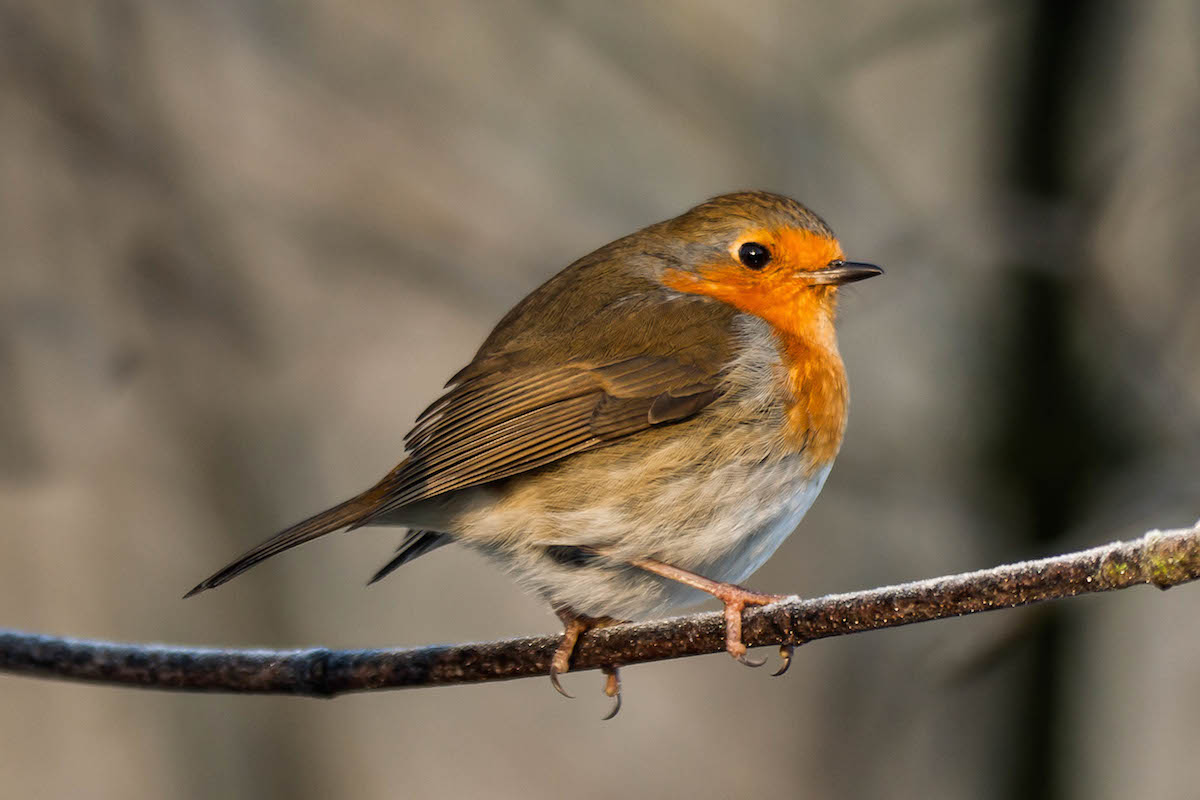Some birds are leaving to Africa while others are arriving in Portugal, a sign of autumn and the changing seasons. Now, mid October, it’s when the comings and goings of birds are more impressive.
This is the time of year when we take the winter blanket from the closet and complain about the end of summer. We start to forget all about the beaches but maybe it’s to soon to lit the fireplace. The season’s melancholy fills the autumn air and the daylight near sunset has a warm and comforting beauty. We are changing with the season, and so are birds.
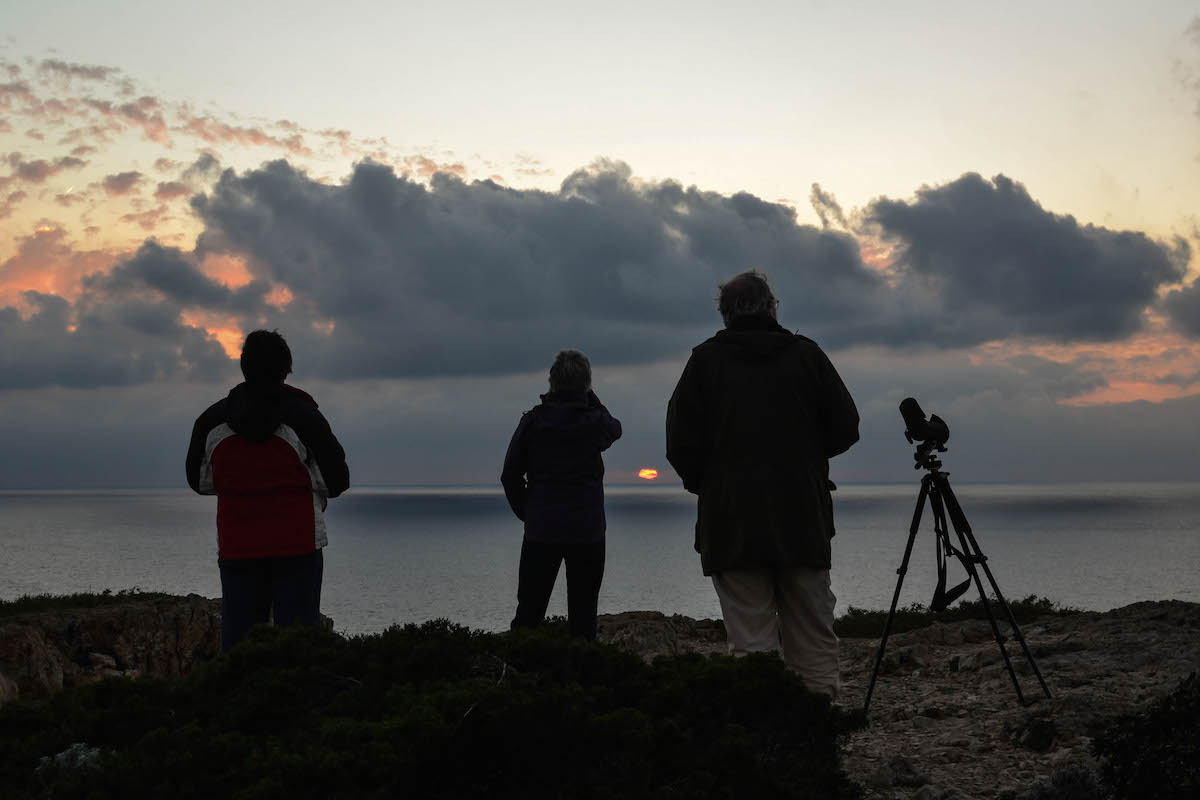
October brings us one of the most symbolic and dramatic transformations in the birds’ world and their migrations through Portugal. Most of the trasaharian migrants is already beyond Sahara desert (most of them have passed through Portugal in August and September).
But there are birds still in Portugal, making the last minute arrangements for their big journey to Africa. The most frequent small migrants seem to be the Willow Warbler (Phylloscopus trochilus) and the Pied Flycatcher (Ficedula hypoleuca). We can still spot the last Whinchats (Saxicola rubetra), the Subalpine Warblers (Sylvia cantillans) and the more elusive bird Ortolan Bunting (Emberiza hortulana). These last travellers will be leaving soon to enjoy the food boom in tropical Africa, after the rainy season.
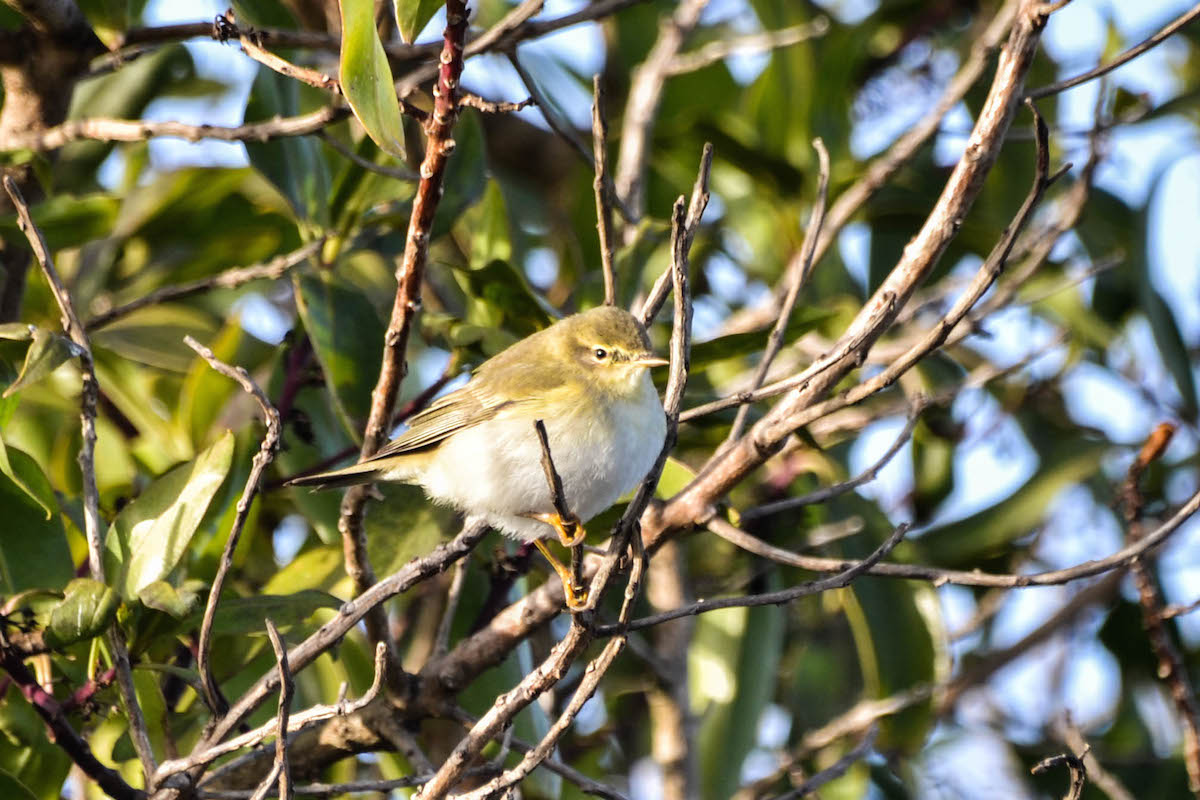
At the same time, more and more birds are arriving to spend the winter in Portugal. They come from the North searching for food, since it becomes scarce in their breeding territories.
At this time of year we start to watch other species too which some of us terribly missed. They are symbols of wintertime and crucial elements of the season’s beauty. Still, most of our wintering species are not exclusively migratory. In fact, most of them are resident in the South of their breeding range and migratory in the Northern most regions. Therefore, by this time of the year, migrant populations head south to join our resident populations. This is the case with most Thrushes, Finches (Goldfinches, Chaffinches and alike), Corn Buntings and so many other species.
Due to its strategic geographical position and topography, the SW coast of Portugal and Sagres Peninsula in particular, is an excellent “barometer” to assess the migrating bird’s movements.
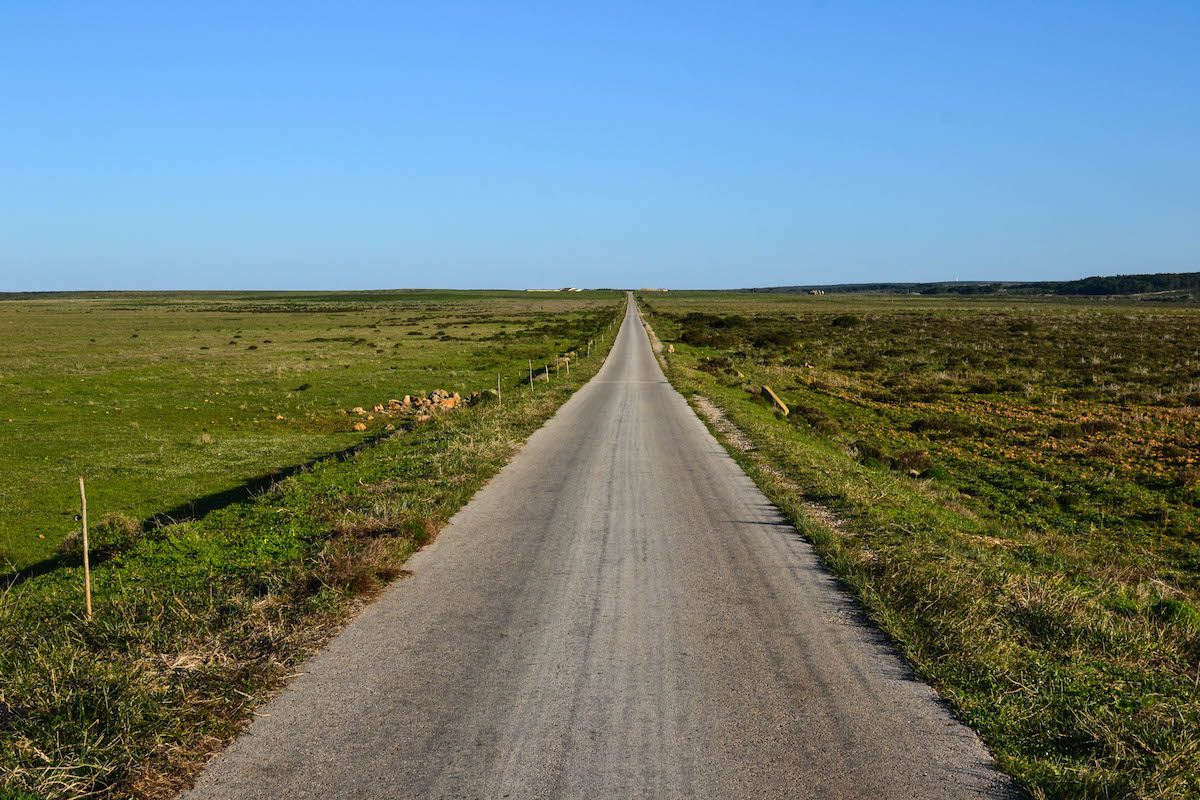
After the first autumn rains, in October 4th, I saw in Sagres the first Chiffchaffs Phylloscopus collybita and Blackcaps Sylvia atricapilla (two of the most common winter birds) of the season, new-comers from the previous night. They were perched in the same bushes that in the previous evening hosted only Willow Warblers and Spotted Flycatchers Muscicapa striata (two of the most common transaharian migrants), birds that left the area that same night.
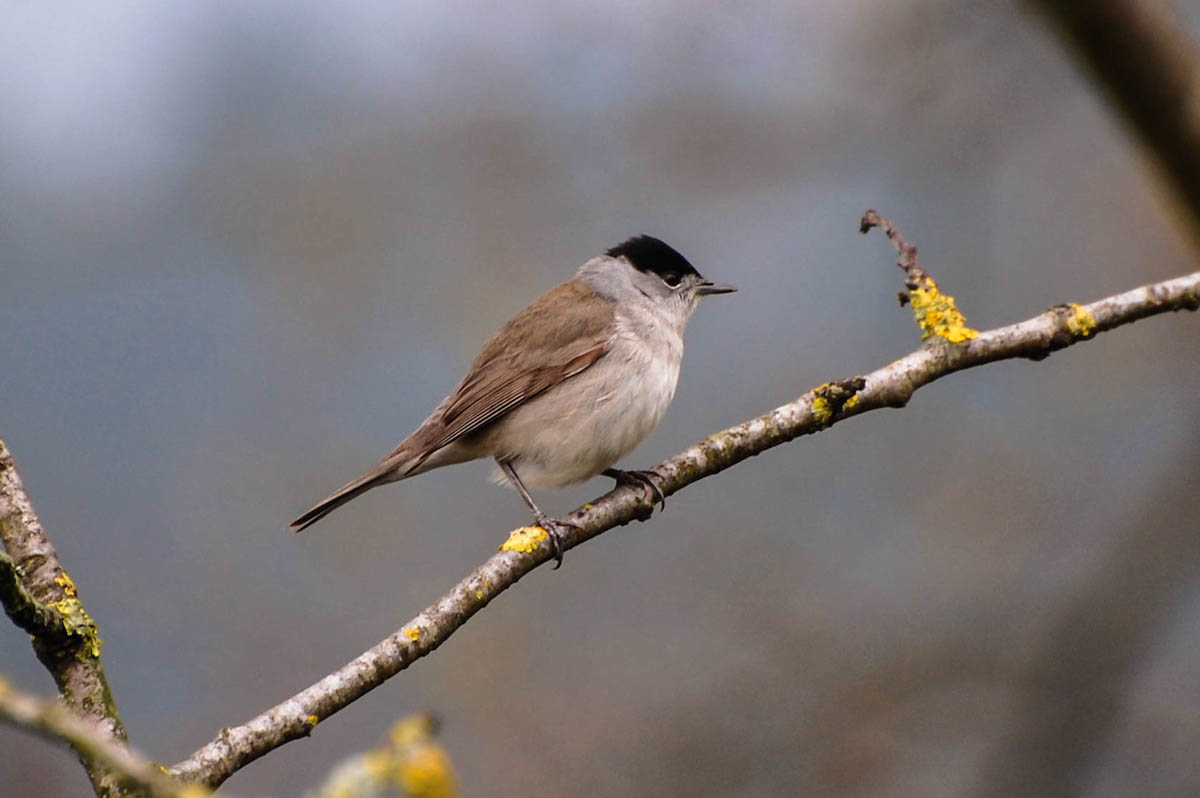
In October 6th, I detected the first Oystercathers (Haematopus ostralegus) feeding at dusk in the low tide at Monte Clérigo beach, where they would roost – a small group of three birds. In the peak of Winter, this roosting site can harbor as much as 70 birds.
Two days later, I watched again Lapwings (Vanellus vanellus) – also known as “Ave-fria” (bird from the cold) due to their association with cold weather coming – over the coastal fields by the Cape S. Vincent, a timid flock of five birds. During the Winter, Lapwings will be one of the most common species of our pastures and meadows.
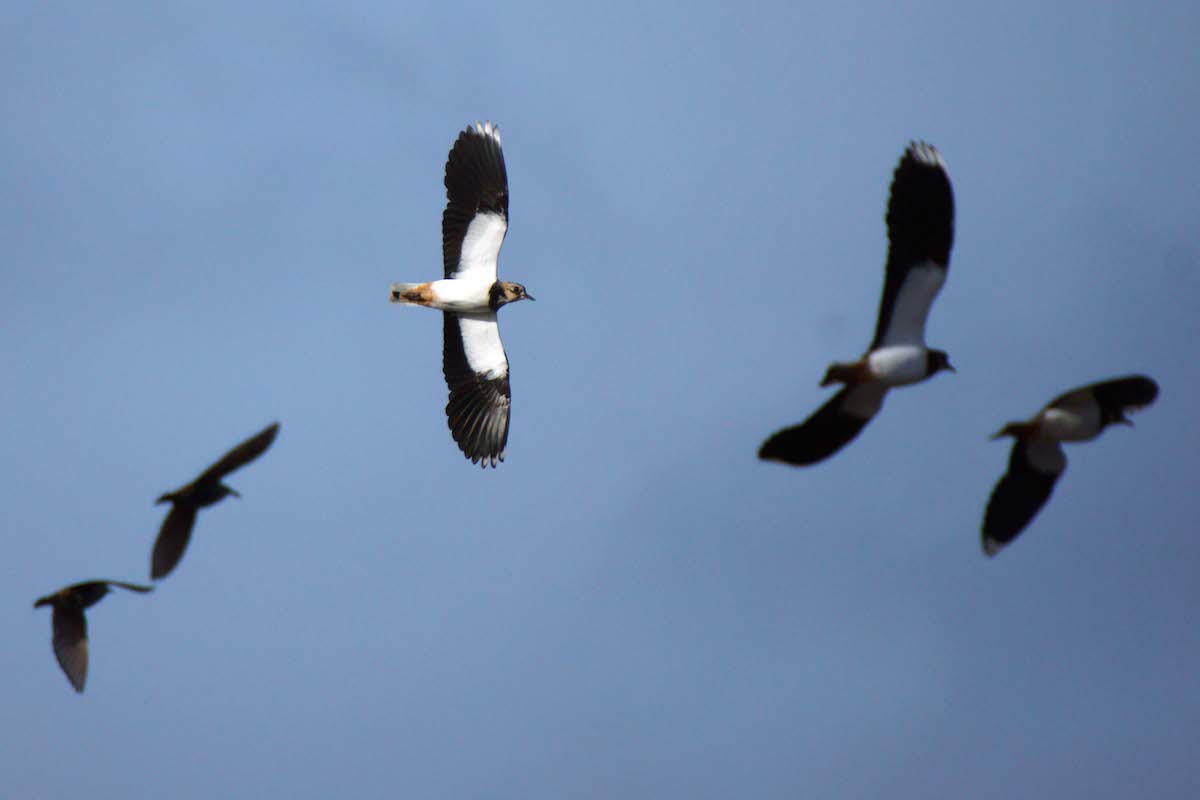
There are more and more White Wagtails (Motacilla alba) coming in, and in the more forested areas the call of the European Robin (Erithacus rubecula) starts being heard a little bit everywhere.
This transition is also noticed in the cast of Raptors passing through the peninsula. There are still quite a few Booted Eagles (Aquila pennata) coming in, as well as the last Black Kites (Milvus migrans), but the numbers of Short-toed Eagles (Circaetus gallicus) and Common Buzzards (Buteo buteo) – late migrants are rising. One of the most impressive and iconic movements of birds in Sagres happens around this time of the year as well, with the arrival of the first big flocks of Griffon Vultures (Gyps fulvus) of the season.
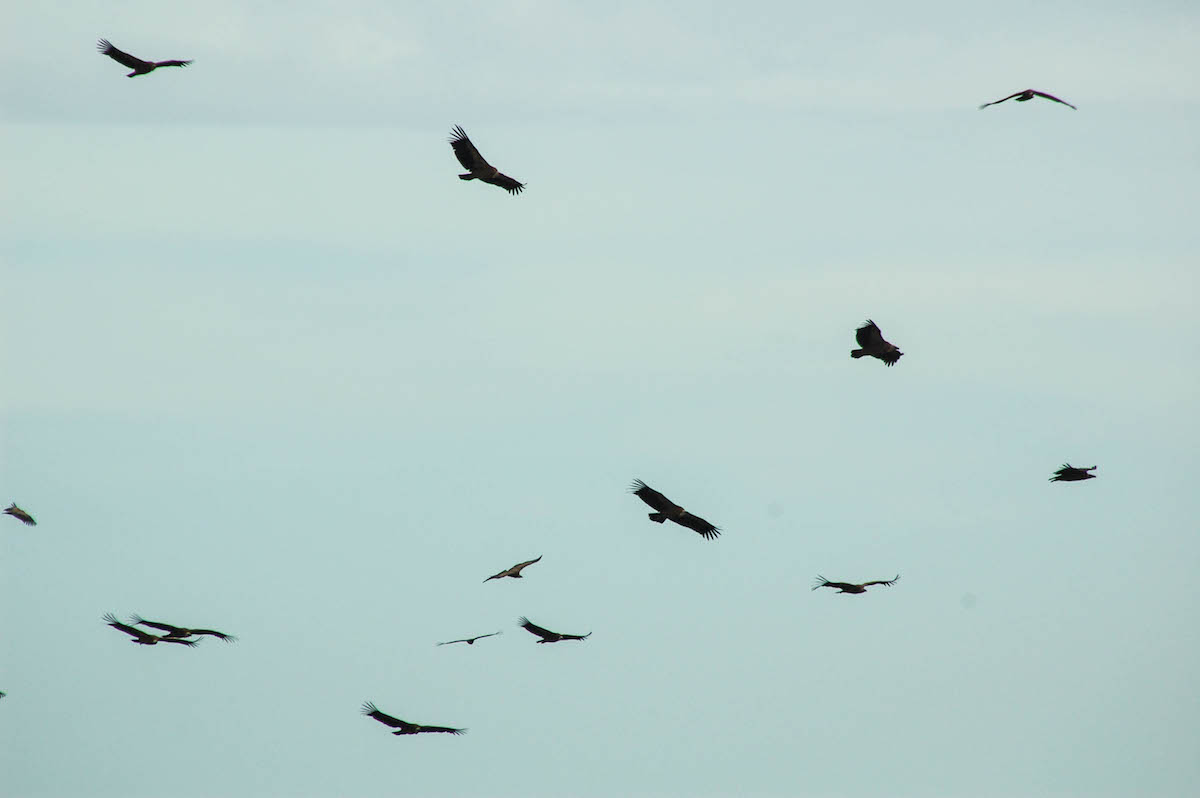
October is a month of abundance and diversity and a fascinating time for birdwatchers. But this is also the perfect time to spot some magnificent flowers such as Colchicum lusitanicum and the orchid Spiranthes spiralis.
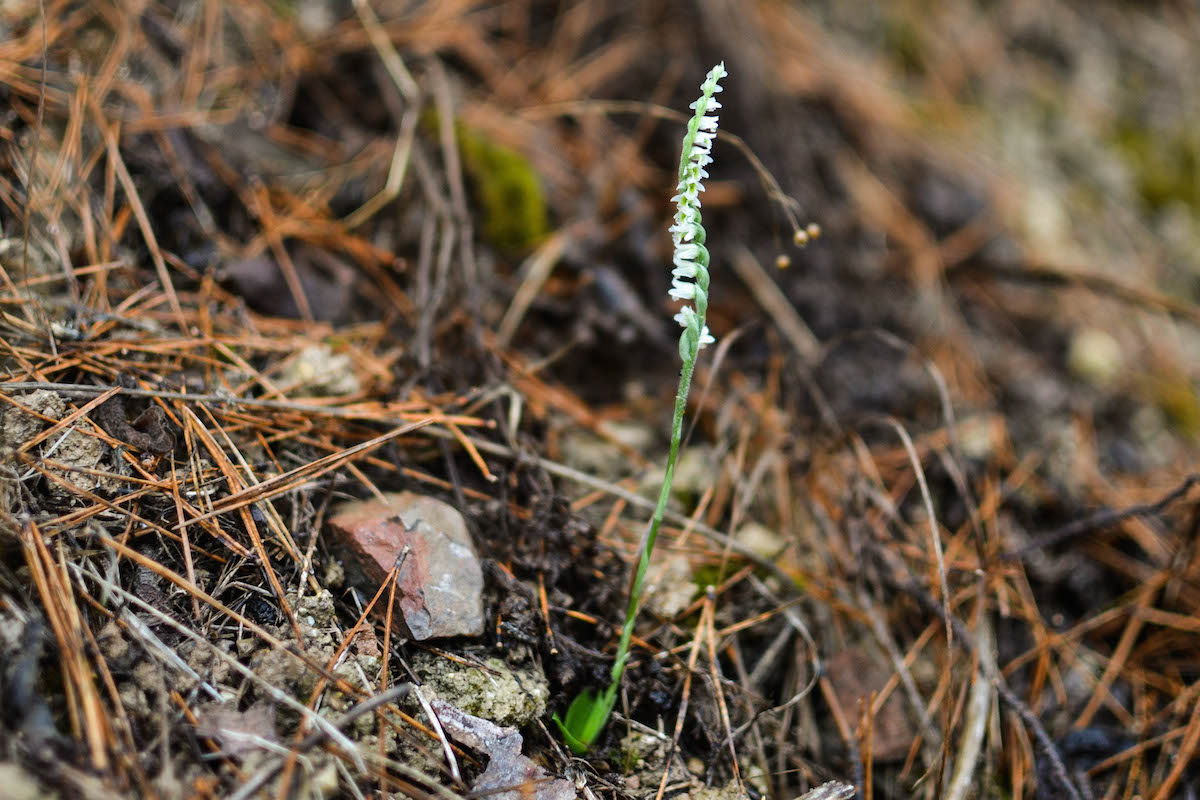
But more is yet to come. Here in the “end of the world” birds never stop coming and going, annunciating and celebrating the constant transformation of the natural world.
[divider type=”thin”]
In the next few weeks, the ornithologist Nuno Barros is going to be with us in Wilder to help us understand bird migrations, guiding us in observation and species identification. And Nuno brings us notes from one of the best places to do so: Sagres. Be ready to enjoy in full the amazing birds that visit Portugal this time of the year.

